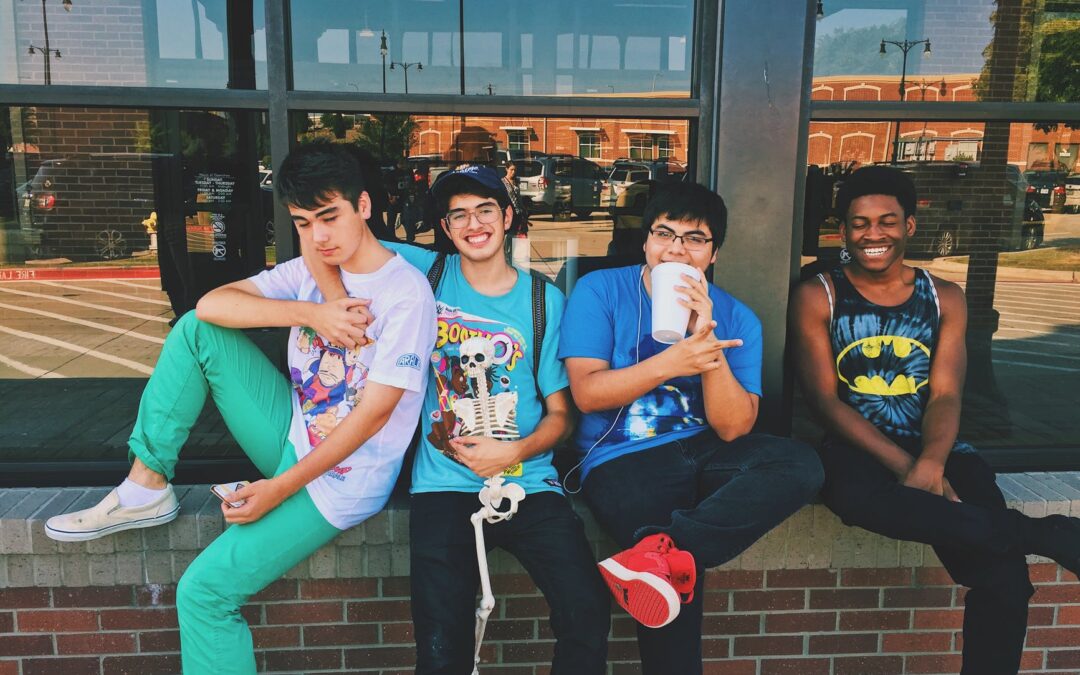On average, there are roughly 129 fatal suicide attempts per day. Sadly, this means we lose more than 47,000 people each year to emotional distress too severe for them to endure. What makes this even more unfortunate is that many of the lives lost are teens and young adults. For this age group, suicide is ranked as the second leading cause of death—preceded only by car accidents.
At the Yale New Haven Children’s Hospital (YNHCH) emergency department, there is a spike in suicide attempts each year during school year transition times, around each May and October. During these periods, many young people who are struggling to stay afloat find themselves in the emergency room. It seems that, for some of them, life is too much to bear any longer. While some may suffer from prior mental illness, many are simply responding to tragic events in their life: bullies, divorce, and academic pressure. Everyone’s youth is supposed to be a jumbled mix of life lessons and positive first time experiences—but none of these first time experiences should ever be the last.
For the fortunate, through a combination of biological luck supplemented by effective guidance from their family and peers, many learn how to deal with the good and bad parts of life. However, for some, one or more of these support systems is lacking or missing completely. When this happens, these children find themselves unable to cope and overcome difficulties, and thus resort to drastic measures—ultimately because they feel abandoned by themselves and their support systems. As a result, they become overwhelmed and cornered by destructive and painful emotions, with nowhere to go except out.
In order to prevent such terrible things from happening, it is important that our youth are not starved of the necessary support, affection, and reinforcement they need. By providing the right guidance, we can better equip them with the emotional tools necessary to survive and overcome the often unavoidable and painful parts of their precious lives.
Fortunately, suicidal ideation is easily treated with a combination of psychotherapy and pharmaceutical intervention. By taking an antidepressant and perhaps, an antipsychotic, any biological disadvantage they may have will slowly dissolve. By attending regular therapy sessions, the teen can learn to understand their feelings, how to digest them in a helpful and healthy way, and how to eliminate any prior destructive behaviors and thought patterns. Also, for those who were lacking a support system before, this is a great opportunity to find a compassionate ear they can depend on for guidance.
Sometimes, though, even traditional antidepressants and therapy are not effective on their own. In these situations some doctors may also prescribe a newer treatment, like ketamine infusion therapy. This usually happens once a patient fails to respond adequately to at least two other traditional treatment attempts. These treatments have offered new hope for many suicidal patients due to their fast action and effective mechanism of action. In fact, for many suicidal patients, their symptoms are likely to subside within 1-2 ketamine treatments. This is just one of the many reasons why ketamine infusions have been hailed a literal life saver for so many people—teens and adults alike. For the last decade, its impressive antidepressant effects— amongst a number of analgesic benefits—has many scientists, researchers and doctors touting it as the most effective depression treatment available today.
At RestoratIV Ketamine Wellness, we offer support and treatment options to many who are struggling with debilitating mental and physical health conditions. If you or someone you love is struggling, please do not hesitate to give us a call or contact us via the brief form below.


Recent Comments